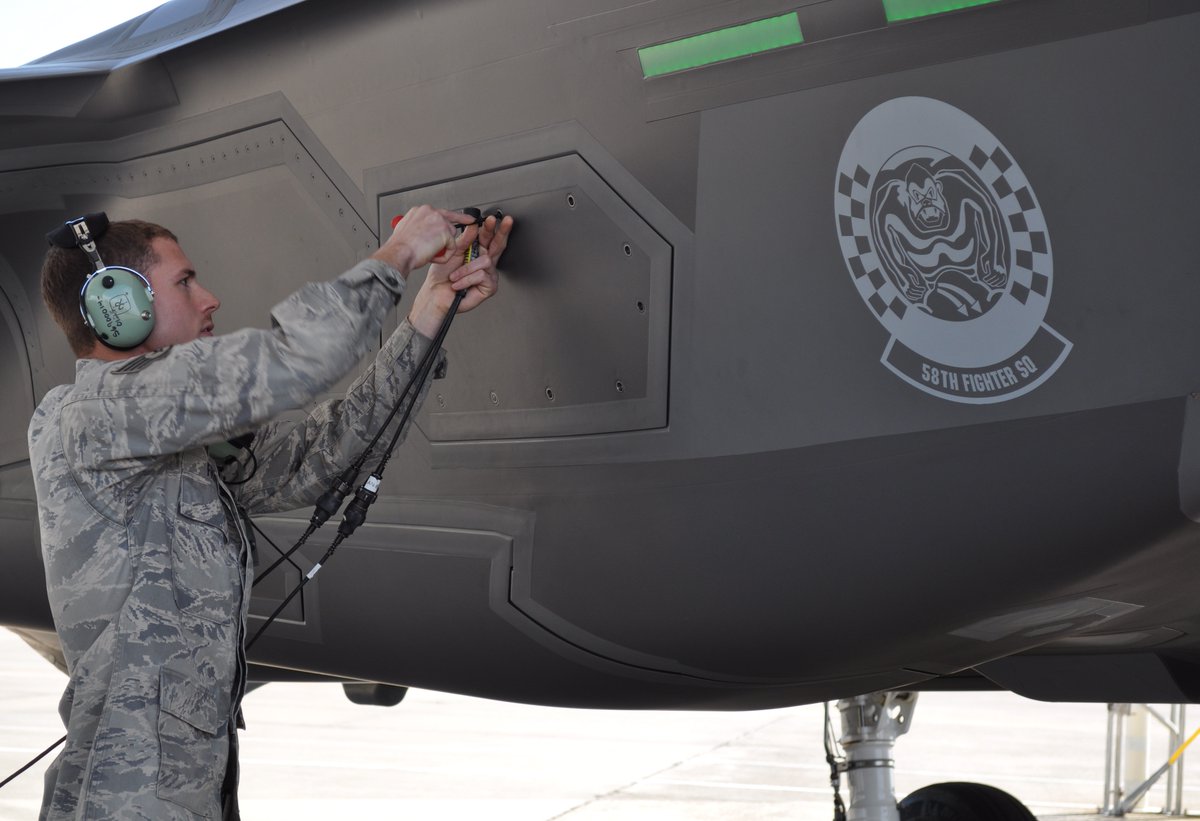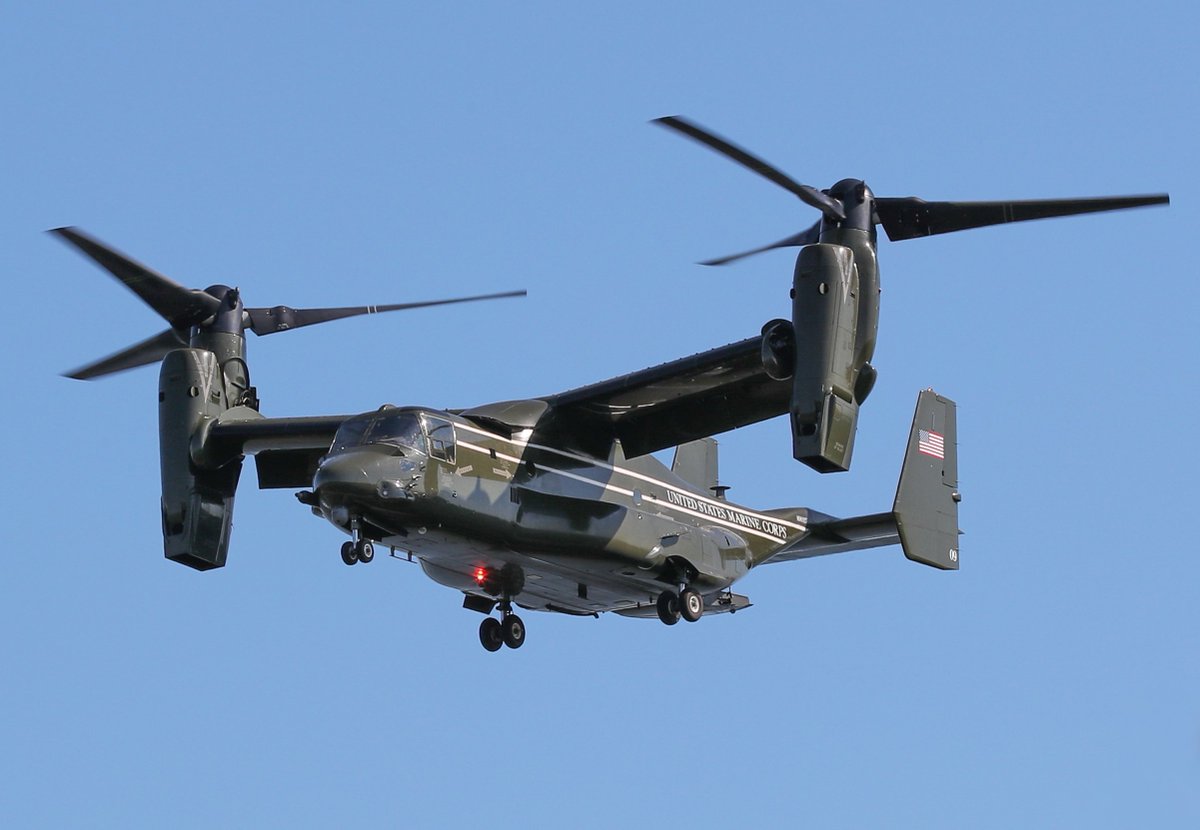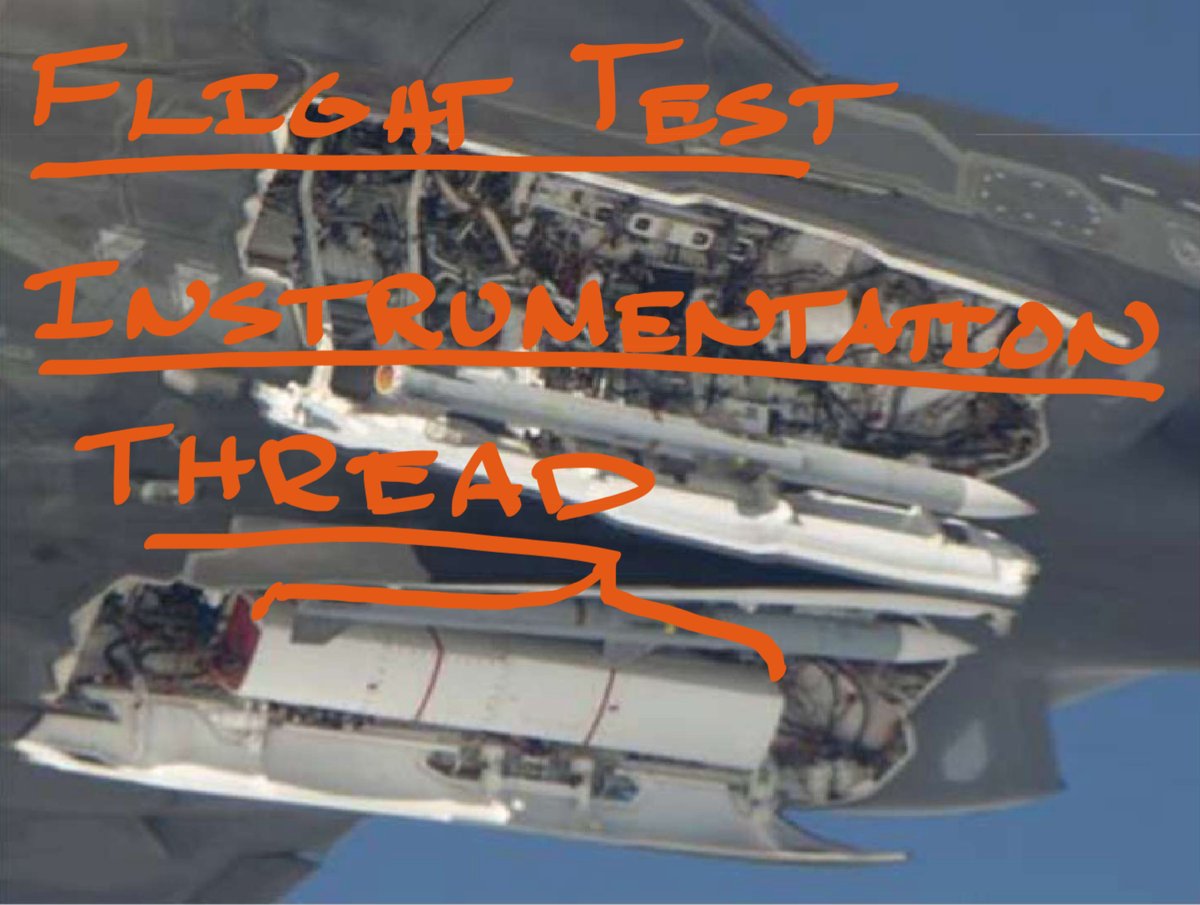
Engineer. Creator of the phrase “vibes-based analysis”. Supplier of “gamer girl analysis”. In my Chinese Deterrence Era. https://t.co/6gkiD7ldQW
How to get URL link on X (Twitter) App

https://x.com/the_engi_nerd/status/1748929186108997841The flight test instrumentation systems used on F-35 test aircraft:
https://x.com/the_engi_nerd/status/1757243336941871159


 The answer is: to give the maintainer a visual confirmation that they've properly closed the door prior to flight. And like everything, there's a story about what happens when that door ISN'T closed.
The answer is: to give the maintainer a visual confirmation that they've properly closed the door prior to flight. And like everything, there's a story about what happens when that door ISN'T closed.
https://twitter.com/rmcentush/status/1938723949099291075Live chains are everything you need to do to keep the other SOB from putting his warhead on YOUR forehead.

 We also captured information from the jet's digital data buses. A subset of this information was sent via telemetry to the ground to support monitoring during test. No one monitors the situation without FTI.
We also captured information from the jet's digital data buses. A subset of this information was sent via telemetry to the ground to support monitoring during test. No one monitors the situation without FTI.


https://twitter.com/JarodMHamilton/status/1833509490618200331Context: Northrop Grumman is the contractor responsible for the F-35 Communications/Navigation/Interrogation (CNI) suite. This engineer had worked on the CNI suite for years. So I thought he would know. His answer:

https://twitter.com/the_engi_nerd/status/1784937394891899153This is BuNo 150614 (614 for short). Delivered in 1962, it served as a transport for Presidents Nixon and Ford. It was then sent to the boneyard, where it stayed until 1984. Returned to service, it found its way to NAS Pax River by 1988, where it served as a test aircraft.


 With the VH-71 cancelled, the program began looking for solutions. Maybe an existing platform could be used. So the program decided to do a study to see if any existing platforms would work. Part of that was an acoustic survey to see just how loud existing platforms are.
With the VH-71 cancelled, the program began looking for solutions. Maybe an existing platform could be used. So the program decided to do a study to see if any existing platforms would work. Part of that was an acoustic survey to see just how loud existing platforms are.

 Some of you had questions: why not fly the jet? Wouldn't it be more economical to just update CF-01 to the latest F-35 configuration?
Some of you had questions: why not fly the jet? Wouldn't it be more economical to just update CF-01 to the latest F-35 configuration?



 Once again, our references are my own experiences and "The F-35 Lightning II: From Concept To Cockpit", specifically Chapter 16, "F-35 Weapons Separation Test and Verification". This chapter is also available standalone if you have AIAA access: arc.aiaa.org/doi/10.2514/6.…
Once again, our references are my own experiences and "The F-35 Lightning II: From Concept To Cockpit", specifically Chapter 16, "F-35 Weapons Separation Test and Verification". This chapter is also available standalone if you have AIAA access: arc.aiaa.org/doi/10.2514/6.…

 Once again, I'm riffing from "The F-35 Lightning II: From Concept to Cockpit". Specifically, Chapter 6, "F-35 System Development and Demonstration Flight Testing at Edwards Air Force Base and Naval Air Station Patuxent River".
Once again, I'm riffing from "The F-35 Lightning II: From Concept to Cockpit". Specifically, Chapter 6, "F-35 System Development and Demonstration Flight Testing at Edwards Air Force Base and Naval Air Station Patuxent River".

 The radar range equation was developed in the late 1940s by a US Navy engineer, Lamont V. Blake, as he was trying to evaluate competing contractor proposals. It's gone through a lot of changes over the years as our knowledge of radars has grown.
The radar range equation was developed in the late 1940s by a US Navy engineer, Lamont V. Blake, as he was trying to evaluate competing contractor proposals. It's gone through a lot of changes over the years as our knowledge of radars has grown.